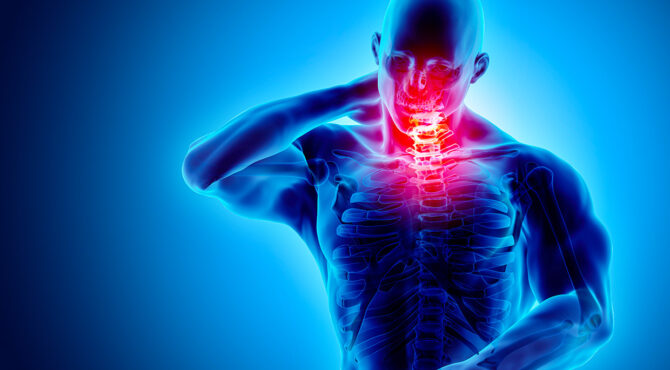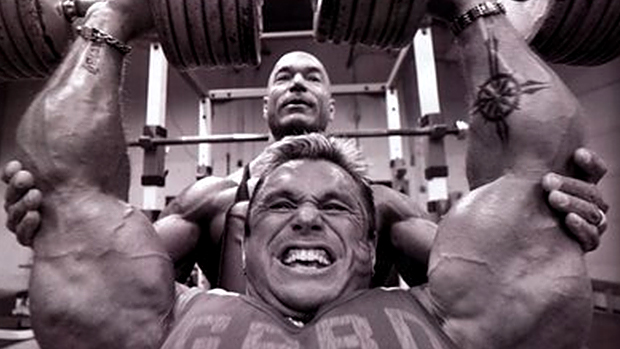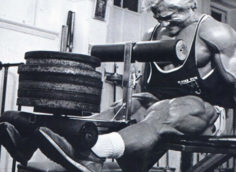How to Assess Your Movement Patterns
If you're not assessing, you're guessing. Movement pattern assessments will help you discover deficient areas in mobility and stability. Finding inefficiencies will help you get stronger, lift longer, and stay healthier. It's a nonnegotiable of any advanced lifter.
If you identify a lack of internal rotation in your shoulders, then work on it. Your bench press may go up significantly. If you identify that your hips are lacking mobility, then work on them. Your squat will improve, and your knee pain will go away.
Here are a few examples of movement pattern assessments. Score yourself.

Use this pattern to assess the shoulder's external rotation, flexion, and abduction. It also gives us a glimpse of scapular and thoracic mobility.
What to look for:
- Fingers reach spine of opposite-side scapula
- Smooth coordinated movement
- No compensation by shrugging the shoulder
Use this pattern to assess internal rotation and extension.
What to look for:
- Fingers reach inferior border of the opposite side scapula
- Smooth coordinated movement
- No compensation in the spine, scapula
Use this to test normal flexion in the hips and spine. This test gives us a general glimpse of hip function and posterior chain flexibility.
What to look for:
- Posterior weight shift
- Touching the toes
- Uniform curve of the lumbar spine
- No lateral spinal bending
Use this one to test for normal extension in the shoulders, hips, and spine.
What to look for:
- Bodyweight shift toward the front of the feet
- Symmetric spinal curves
- Spine of the scapula must clear a vertical line drawn from the heels
- Arms/elbows in line with the ears, 180 degrees of shoulder flexion
Use this to assess bilateral, symmetric mobility and stability of the hips, knees, ankles, and core.
What to look for:
- Achieve depth parallel to the floor
- Head and chest face forward
- Heels stay in contact with the floor
- Make a note of optimal feet width and positioning
Do this to see your ability to hinge at the hips in isolation while maintaining a neutral spine. It's different than a squat. With a squat, we have a knee bend and hip bend. Hip hinge just focuses on the hip joint itself.
What to look for:
- Spine remains neutral
- Posterior weight shift
- Motion comes entirely from the hip joint
Do this to test lateral stability and simulate dynamic deceleration with balance.
What to look for:
- Knees stay in line with toes and hips
- Head and chest face forward
- Smooth coordinated motion
- Knee can translate forward towards the toes
- No loss of balance
Acceptable/Functional: Movement is good enough to allow you to be cleared for activity without an increase in injury risk.
Unacceptable/Dysfunctional: Movements are dysfunctional, and you may be at risk for injury unless movement patterns are improved.
Painful: Movements produce pain. Currently injured regions require additional, more advanced movement and physical assessment by a qualified provider.





